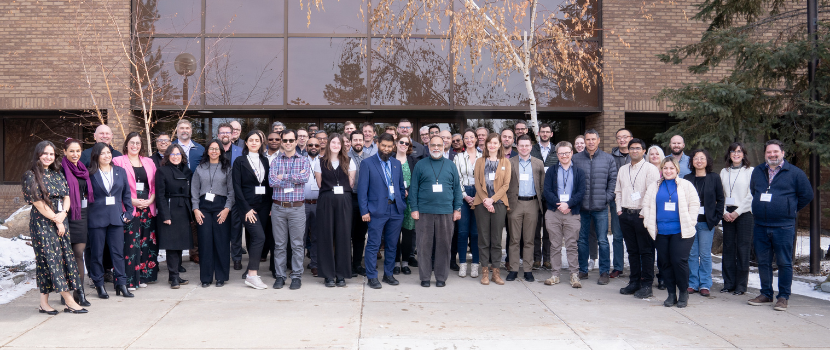
Three new P2INACLE projects launch this fall with IMII
October 1, 2025 – Saskatchewan Polytechnic is leading an applied research network that brings together six top polytechnics across the prairies to drive innovation and economic growth in Canada. In partnership with the International Minerals Innovation Institute (IMII), the network has launched three applied research projects to support the region’s mining sector.
The Prairie Polytechnic Innovation Network Accelerating Commercialization for Local Ecosystems, known as P2INACLE, includes Saskatchewan Polytechnic, NAIT, Northwestern Polytechnic, Red Deer Polytechnic, RRC Polytech and SAIT. This collaborative network leverages shared expertise and state-of-the-art facilities to deliver practical, industry-driven solutions that help Canadian companies grow and compete globally.
Funded by $899,500 from PrairiesCan, the initial round of P2INACLE projects are delivered in partnership with IMII and involve at least two participating polytechnics. Over the spring and summer months, IMII and its members, including BHP, presented a series of business challenges to P2INACLE’s network of polytechnic researchers. The three successful applied research project proposals focus on mining innovation, sustainable materials and environmental remediation.
“Canada has what the world wants — and our mining and critical minerals sector is ready to deliver. In a period of profound change and new challenges, this sector is central to building the strongest economy in the G7, thanks to the innovation that drives new solutions, supports good jobs, and creates lasting opportunities,” says the Honourable Eleanor Olszewski, Minister of Emergency Management and Community Resilience and Minister responsible for Prairies Economic Development Canada. “Through P2INACLE, our new government is proud to support innovation that not only strengthens this sector, but also creates meaningful opportunities for Prairie communities. By combining the expertise of our polytechnics with the innovation of industry partners, we are helping local businesses turn bold ideas into practical solutions—solutions that support high-quality jobs, enhance vibrant communities, and build a resilient Canadian economy.”
“Saskatchewan’s mining sector is a staple of many of our rural and northern communities and is an economic driver for Canada,” says the Honourable Buckley Belanger, Secretary of State (Rural Development). “When industry and our post-secondaries work together, like this partnership between P2INACLE and IMII, we solve real problems — quicker, safer, cleaner. Innovation in mining isn’t abstract; it helps workers today and keeps our communities thriving for the long haul.”
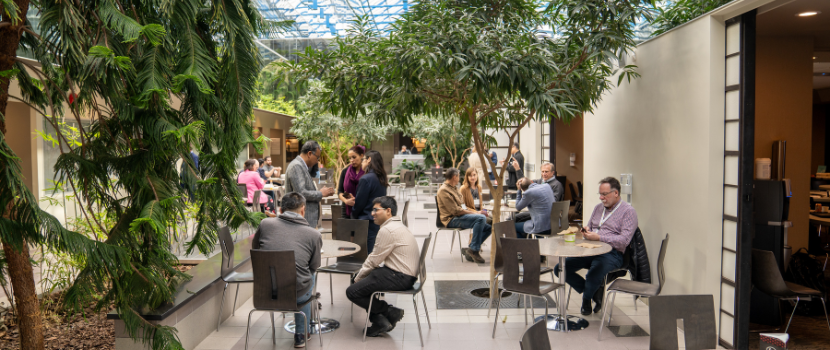
“IMII is proud to be part of the P2INACLE pilot project” says Lesley McGilp, executive director of the IMII. “This collaborative platform is an exciting step forward in advancing innovation across Western Canada’s mining and minerals sector. The P2INACLE pilot is focused on solving real-world challenges identified by our industry members, and we look forward to seeing the meaningful impacts it will create.”
“P2INACLE is more than a network, it’s a trusted source of applied research and innovation,” says Dr. Larry Rosia, president and CEO of Saskatchewan Polytechnic. “Sask Polytech is proud of our long-term partnership with IMII and we are excited to collaborate with the institute to lead this important joint effort to support mining companies across Western Canada through hands-on research and real-world solutions. Thank you to PrairiesCan for funding these innovative projects.”
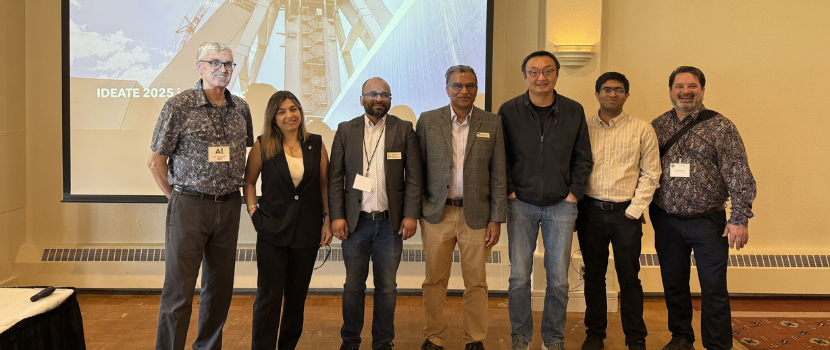
One project is developing sustainable and cost-effective construction materials by combining potash tailings with fly ash and kraft lignin, along with other concrete ingredients. Potash tailings are the leftover materials after potash is removed from the rock during mining. Fly ash is a fine, powdery material that is produced when organic materials are burned and kraft lignin is extracted during the pulping process to make paper. Researchers are formulating and testing the combination of these materials for concrete production. The goal is to reduce industrial waste, promote circular economy practices and possibly support affordable housing through innovative material development. Project partners include Sask Polytech, RRC Polytech and IMII members. Dr. Abu Kamal, Sustainability-Led Integrated Centres of Excellence (SLICE) research chair at Sask Polytech, serves as the principal investigator. He is collaborating with Dr. Alireza Kaboorani, Building Efficiency Technology Access Centre (BETAC) director at RRC Polytech.
Another project focuses on using potash tailings as a compost additive, returning nutrients to the ecosystems while reducing environmental impacts. The first phase of this project will include formulating and testing composting blends using potash tailings, fly ash and other carbon- and nitrogen-rich materials. Safety and quality testing will ensure the environmental suitability of the compost additive. Project partners include Sask Polytech, NAIT and IMII members. Dr. Abu Kamal, SLICE research chair at Sask Polytech, is the principal investigator in collaboration with Dr. Heather Kaminsky, the NSERC Industrial research chair at NAIT.
A third project investigates various frequencies of electromagnetic spectrum for their possible use to develop and imaging system to view beyond the visible boring face in potash mines. Researchers are conducting an extensive literature review to understand how different frequencies of electromagnetic radiation interact with different soils. The project also includes an assessment of existing imaging technologies and aims to identify the most effective frequency ranges for subsurface visualization. Project partners include Sask Polytech and SAIT, along with IMII members. Dr. Abdul Raouf, SLICE research chair at Sask Polytech will lead the project along with Wade Hawkins, Centre for Innovation and Research in Unmanned Systems (CIRUS) research chair at SAIT.
“We are excited to see work underway on these P2INACLE projects in partnership with IMII and their members,” says Dr. Ian McWilliams, associate vice-president for Applied Research and Innovation at Sask Polytech. “This pilot showcases the power of collaboration in driving innovation forward. It also lays the groundwork for establishing processes and best practices that will support the long-term success of P2INACLE.”
Each P2INACLE project is designed to deliver tangible outcomes for IMII and its members.

P2INACLE aims to drive economic growth and diversification through collaboration. It acts as a catalyst for regional prosperity by providing streamlined access to resources for industries, especially small and medium-sized enterprises and larger businesses. By leveraging the expertise and facilities of each polytechnic, P2INACLE offers tailored solutions for commercialization and diversification, fostering innovation and knowledge exchange. Areas of expertise include clean technologies, digital technologies, value-added agriculture and natural resources. Learn more at saskpolytech.ca/p2inacle.
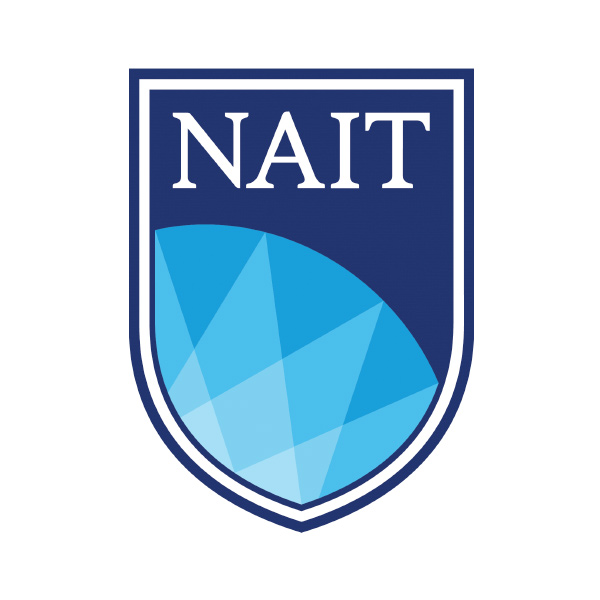
![]()
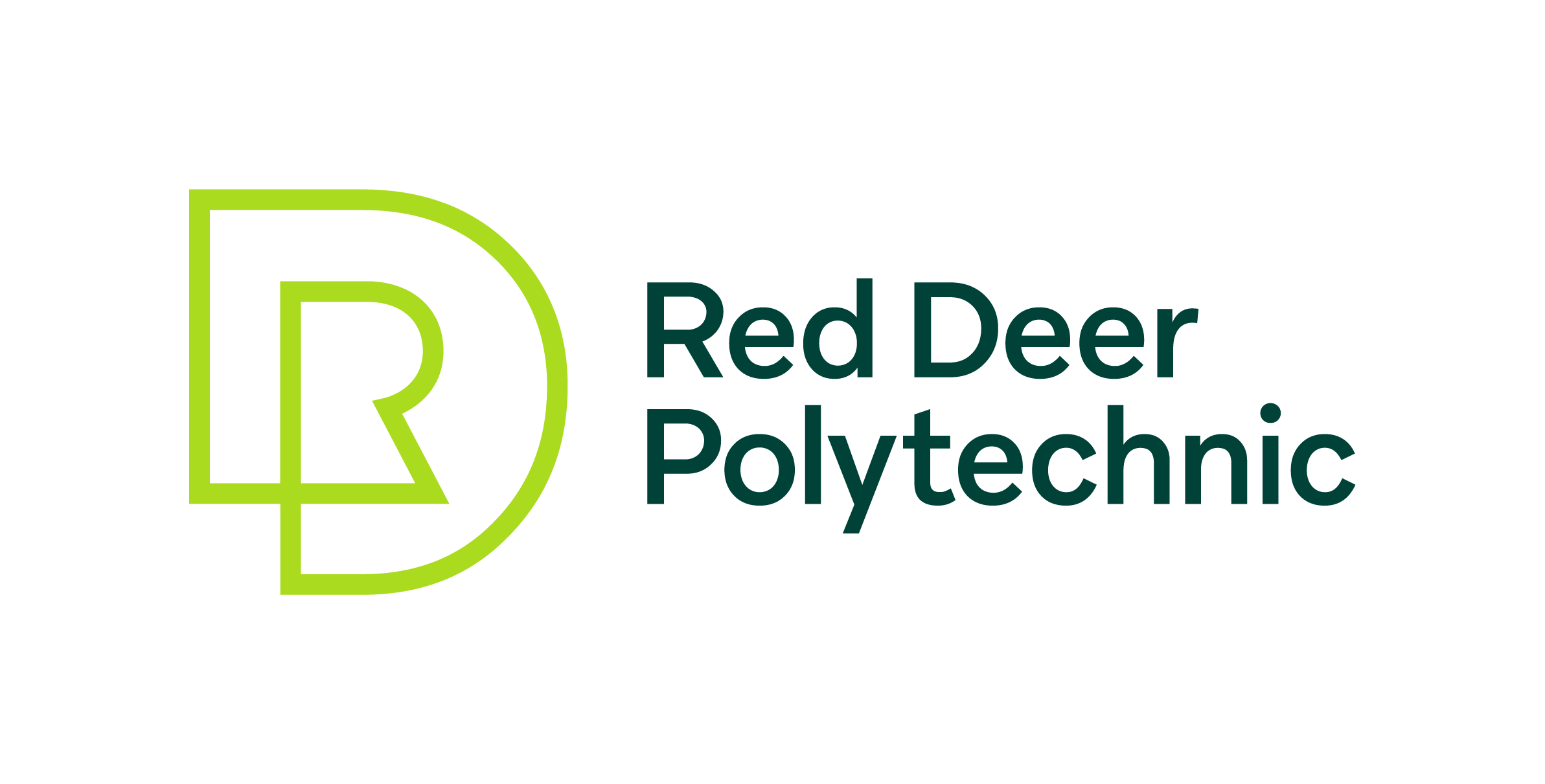

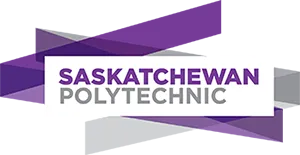
![]()
Saskatchewan Polytechnic is signatory to the SDG Accord. Sustainable Development Goal alignment is one of the ways Sask Polytech is leading the rise of polytechnic education.



